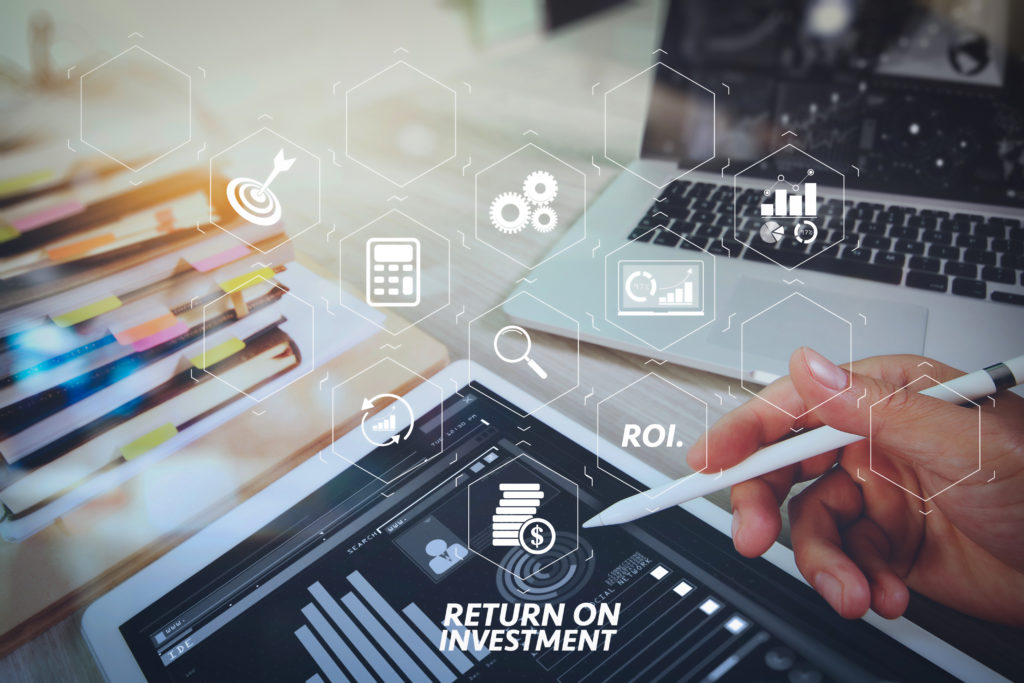A recent report from Retail Systems Research (RSR) showed that 32% of retailers are challenged to quantify what the potential return on investment for new technology would be. That same report indicated that 25% of high-performing retailers are reluctant to invest in new technologies because of the possible cost for their business.
ROI analysis is the process of identifying the expected direct and indirect costs of the project compared to the benefits, both over some reasonable lifetime – typically 5 to 10 years for an Omnichannel system. The cost and benefits vary by each company’s scale and expectation. However, in general, the following list would lead to a good starting point for your own ROI checklist.
1. Costs – starter of ROI checklist
1.1. On-going cost:
- Software annual licensing or maintenance fees
- Continued training for skills enhancement and new employees
- Budget for system expansion and enhancement
- IT departmental costs for utilities, personnel, consultants, and support
2. Benefits
2.1. Cost savings and cost avoidance
- Improved inventory turnover
- Reducing transaction and workaround time with integrated retail software.
- Reduced scrap, rework, expediting, and wasted materials
The figures will depend on the company scope, current processes and expected outcome, here is an example of adopting an automated and integrated technology to the purchasing and order fulfilling process in an electronic retail company:
2.2. Increase revenue opportunities
- Increased sales due to a better understanding of customers’ journey insights
- Increase in upselling, cross-selling
- Increased repeat business through technology that enables clienteling or automated sales outreach to your preferred clients
- Sales and margin improvements due to faster time-to-market for new products and product variants
- The ability to scale up, expand more stores/warehouses quickly and massively
2.3. Indirect benefits
- Less panic, disruption, and chaos in the plant and in the office due to fewer last-minute changes and surprises; more stable schedules; less expediting
- Improved Cultural Moral: According to this Forbes article, employees who are happy in their work environment are 20% more productive than those who aren’t.
- Higher Employee Longevity: Another study has shown that the cost to train a new employee is approximately $1,200. Increased retention is achieved when an employee is empowered to do their job well, and a large part of that comes from employing effective and efficient retail tech so staff can do their job well.
After doing the Costs and Benefits analysis, the company could roughly estimate the financial impact of the project.
There might be more factors to consider when developing a complete ROI checklist of an Omnichannel project. Just to be sure that we go through the process and document the results before coming to the final decision if the project is worthwhile and if it’s critical for the survival and success of the company to go Omnichannel!




